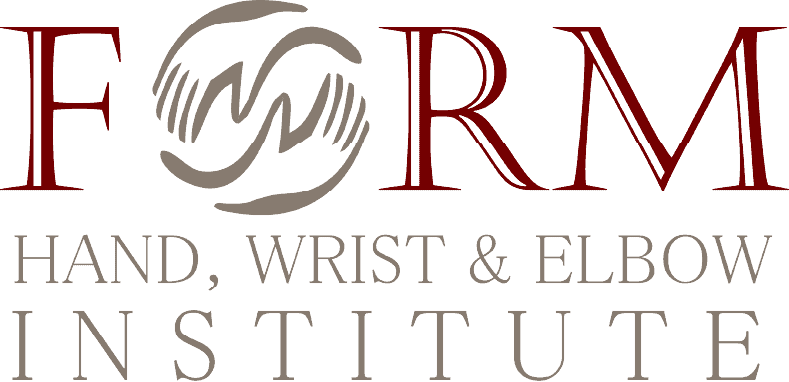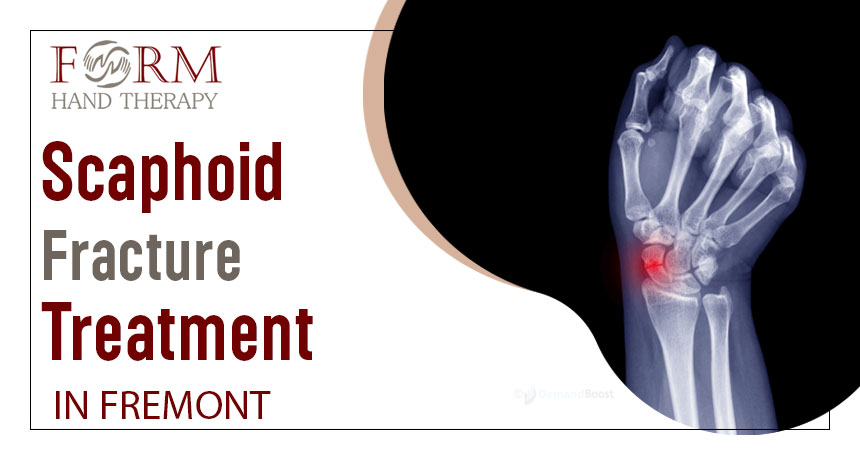Most fractures are easy to recognize—pain, swelling, or visible deformity usually indicate something is wrong. However, some fractures are much harder to detect.
A scaphoid fracture is a common example. The scaphoid is one of the eight small carpal bones in your wrist, located near the base of your thumb, and is roughly shaped like a cashew. Because it is small and surrounded by other structures, swelling and deformity are often minimal, even when the bone is fractured.
These subtle symptoms mean scaphoid fractures are frequently mistaken for a simple wrist sprain, which can delay proper diagnosis and treatment. What makes these fractures particularly tricky is that the scaphoid has a limited blood supply, especially in its proximal portion. This restricted circulation can slow healing and increase the risk of serious complications such as nonunion or avascular necrosis.
If you suspect a scaphoid fracture or are experiencing symptoms such as inability to move your wrist, swelling, or difficulty gripping objects, don’t wait—get evaluated promptly. At FORM Hand, Wrist & Elbow Institute, we can accurately diagnose scaphoid fractures through a physical exam and imaging, and provide the right treatment to ensure proper healing and prevent long-term complications.
Expert Scaphoid Fracture Treatment at FORM Hand, Wrist & Elbow Institute
Scaphoid fractures most commonly occur from falling on an outstretched hand, but they can also result from car accidents or direct impact to the wrist. The type, location, and severity of the fracture determine the most appropriate course of treatment.
- Non-Displaced Fractures: In a non-displaced scaphoid fracture, the bone remains in its normal position. Immobilization is typically the first line of treatment, often using a cast or splint to keep the wrist stable, protect the bone, and allow it to heal properly. Regular follow-ups and imaging are usually required to ensure the fracture is healing as expected.
- Displaced Fractures: A displaced scaphoid fracture occurs when the bone moves out of alignment. Surgery is often recommended to realign and stabilize the bone. This approach helps restore stability, supports blood flow to the area, and reduces the risk of complications such as nonunion (when the bone fails to heal). Even after surgery, a cast or splint may be required to protect the wrist and ensure proper recovery.
- Proximal Scaphoid Fractures: These fractures occur near the forearm, closer to the body. Because this part of the scaphoid has a limited blood supply, healing can be more challenging. Due to the higher risk of complications, treatment may begin with immobilization, but surgery is often recommended if the fracture is unlikely to heal properly on its own.
- Occult Scaphoid Fractures: Some scaphoid fractures are not easily visible on standard X-rays and can go undetected initially. In these cases, advanced imaging tests, such as MRI or CT scans, may be needed to confirm the fracture.
Patients with severe scaphoid fractures may undergo a closed reduction, a non-surgical procedure in which the doctor carefully realigns the bone to its proper position. This helps the fracture heal correctly while avoiding surgery, though a cast or splint is typically used afterward to keep the wrist stable.
Scaphoid Fracture Care and Treatment at FORM Hand, Wrist & Elbow Institute in Fremont
Recovery from a scaphoid fracture varies from patient to patient. Healing depends on factors such as the severity of the fracture, the type of treatment required, your age, overall health, and how closely you follow your treatment plan. Early treatment significantly increases the likelihood of a full and successful recovery.
At FORM Hand, Wrist & Elbow Institute in Fremont, we provide comprehensive care for scaphoid fractures. From precise diagnosis and tailored treatment plans to surgical intervention when necessary, we guide you through every step of the healing process. For patients with fractures that are slow to heal, a bone stimulator—a device that delivers low-intensity ultrasound or pulsed electromagnetic waves—may be used to promote bone growth and support healing. Additionally, we offer hand therapy, which plays a crucial role in recovery by helping to restore strength, mobility, and function in the wrist and hand once the bone begins to heal.
Take the first step toward regaining full wrist function. Call us at (510) 480-3700 or schedule your appointment online to receive expert care and support for your scaphoid fracture.
Sources: https://my.clevelandclinic.org/health/diseases/22240-scaphoid-fracture
https://orthoinfo.aaos.org/en/diseases–conditions/scaphoid-fracture-of-the-wrist/

